目次~Table of Contents
Location and History
Castle is built to monitor Choshu Domain
Hamada Castle was located in Iwami Province which is modern day the western part of Shimane Prefecture. You may think the prefecture has a comparatively quiet image, but the province was very important during the Sengoku and Edo Periods. This was because it had Iwami Silver Mine, which has become a World Heritage Site. The mine was owned by several great warlords as the Ouchi, Amago, and Mori Clans, then finally followed by the Tokugawa Shogunate. The shogunate wanted to secure the mine, but there was still the Mori Clan in the Choshu Domain, next to Iwami Province in the west. They handed it over the shogunate after the losing the Battle of Sekigawara in 1600, however, the shogunate feared they would retaliate again. That was probably why the shogunate created new domains as Tsuwano in 1600 and Hamada in 1619, located between the mine and Choshu. The shogunate expected the two domains to monitor the Choshu Domain regularly.
The location of the castleShigeharu Furuta, who had been the lord of Matsusaka Castle in Ise Province, was ordered to move to Iwami Provence as the founder of the Hamada Domain in 1619. He was looking for a suitable site for the new castle and eventually found a 67m high hill beside Hamada Port which would be the best location. In fact, building a new castle was prohibited by the Tokugawa Shogunate at that time, but it was allowed for the new domain as an exception. The castle construction started in 1620, its foundation was made in the same year, and its completion was in 1623. Although general techniques for castle construction had been advanced back then, those for Hamada Castle were relatively low. For example, the stone walls of the castle were piled together using roughly processed stones while others often used precisely cut stones. The Main Tower for the castle was a Lookout Tower, but it was considered an older one. The reason for it is uncertain, but it may be because the construction was needed to be finished quickly, or that the craftsmen for the construction were locals.
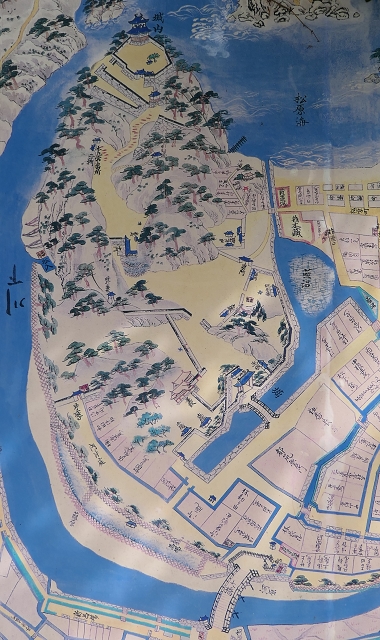
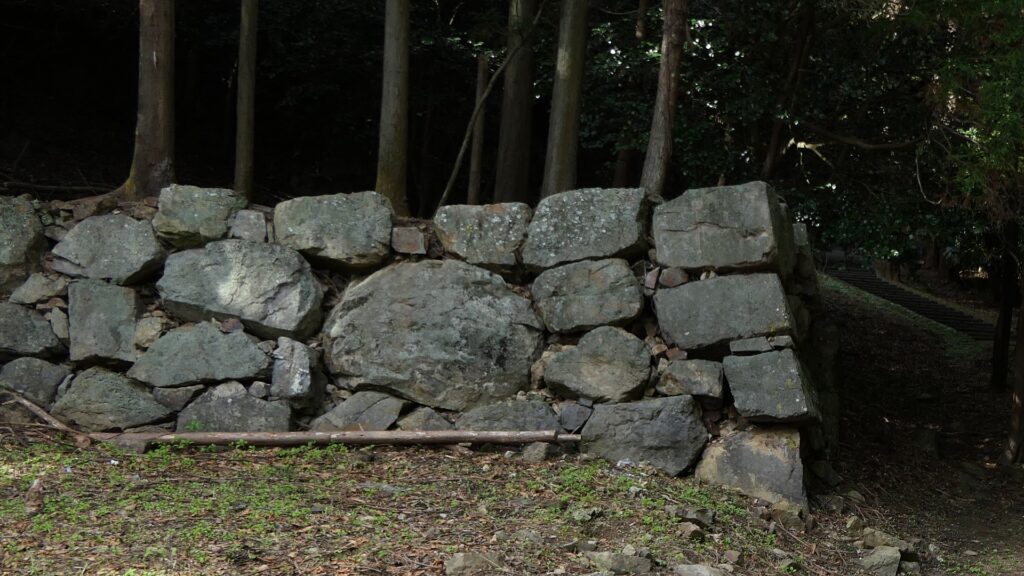

Castle is handed over from Furuta Clan to Matsudaira Clans
The Furuta Clan was unfortunately fired by the shogunate due to its internal conflict as well as having no successor in 1648. After that, the Matsui-Matsudaira Clan (which had been the Matsui Clan under the Imagawa Clan, and was allowed to use the Matsudaira family name by Ieyasu Tokugawa due to their contributions to him) governed the domain and castle for a long time. However, the clan was moved to another in 1836 as a punishment for the smuggling of Joseon dynasty of Korea. Instead, the Ochi-Matsudaira Clan (which originated from the 6th Shogun, Ienobu Tokugawa’s little brother) came to govern them. At the end of the Edo Period, Takeakira Matsudaira was adopted as the last lord, who was also a little brother of Yoshinobu Tokugawa who would be the last shogun.
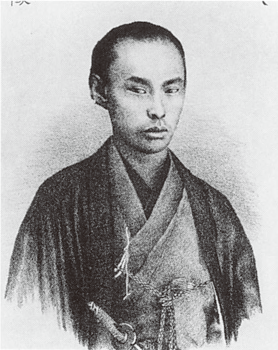
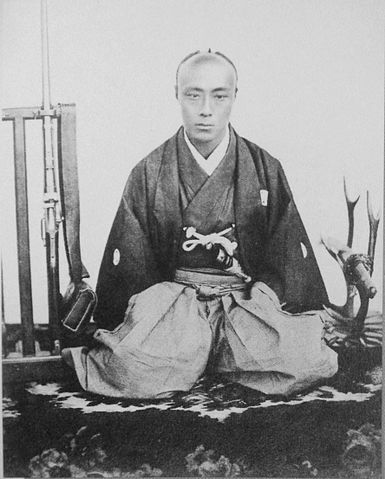
Hamada warriors burn Castle by themselves when attacked by Choshu
The biggest event for the castle occurred in 1866 when the shogunate ordered lords in Japan to join in the Second conquest of Choshu. The shogunate tried to defeat the Choshu Domain which was its enemy. The Hamada Domain was ordered to attack the Choshu Domain through the Iwami Route which connected both domains. However, the Tsuwano Domain, which should have supported the shogunate, took a neutral position because the power of the shogunate began to decrease. On the other hand, the Hamada Domain had to join it because its lord was a relative of the shogun. Contrary to their expectations, the Hamada troops with some other domains’ were unfortunately beaten by the Choshu’s well-trained drafted soldiers. The Choshu troops counterattacked and got close to Hamada Castle and town, and forced them to surrender.

The lord, Takeakira once made up his mind to stay in the castle to be killed in a battle. However, he was eventually persuaded to escape from the castle towards his outland territory in Mimasaka Province (now part of Okayama Pref.). The Choshu troops managed to capture Hamada Castle as well as Iwami Silver Mine which the shogunate and Hamada Domain must have secured. There was an interesting episode where the warriors of the domain withdrew from the castle. They burned the castle by themselves during the escape. This was because handing it over to their enemies intact was rather shameful than being used as a base by the enemy. The reason for it is as followed. The Main Tower on the top managed to survive the fire and remained for a while. However, some people in Hamada still won’t admit to the fact and say the tower must have been burned by the Hamada Domain itself. That means the castle was the entity which must never be separated from its masters at that time. That was the warrior’s all or nothing mentality.


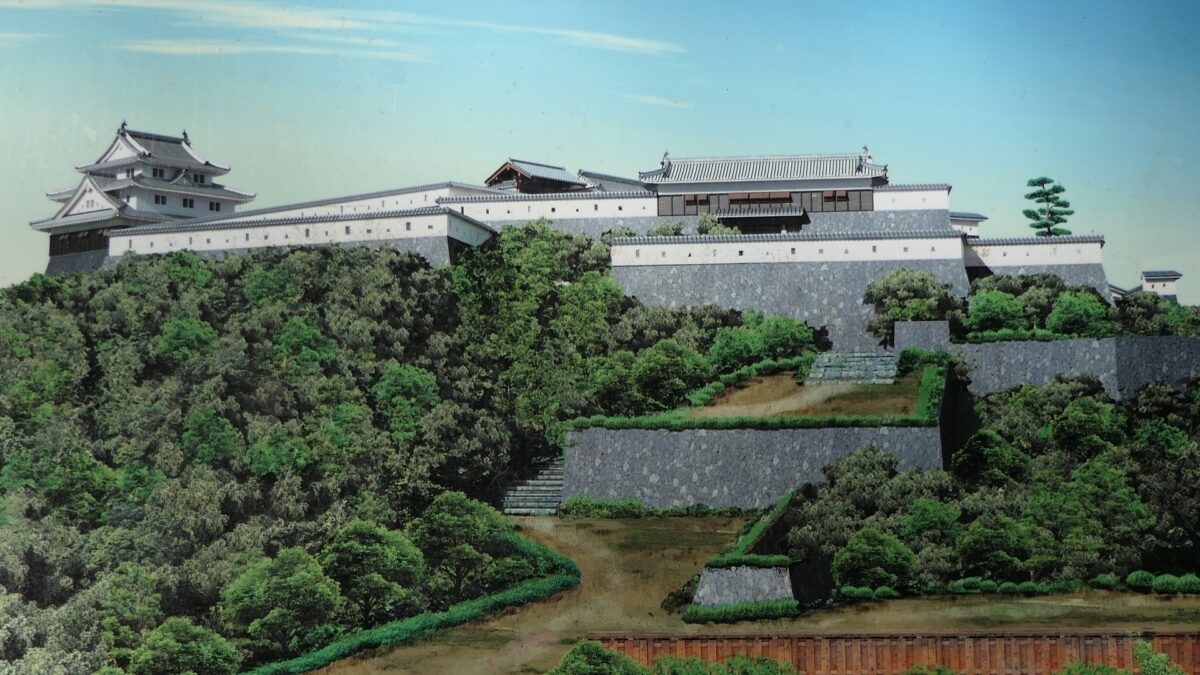
「170.Hamada Castle Part1」への2件のフィードバック